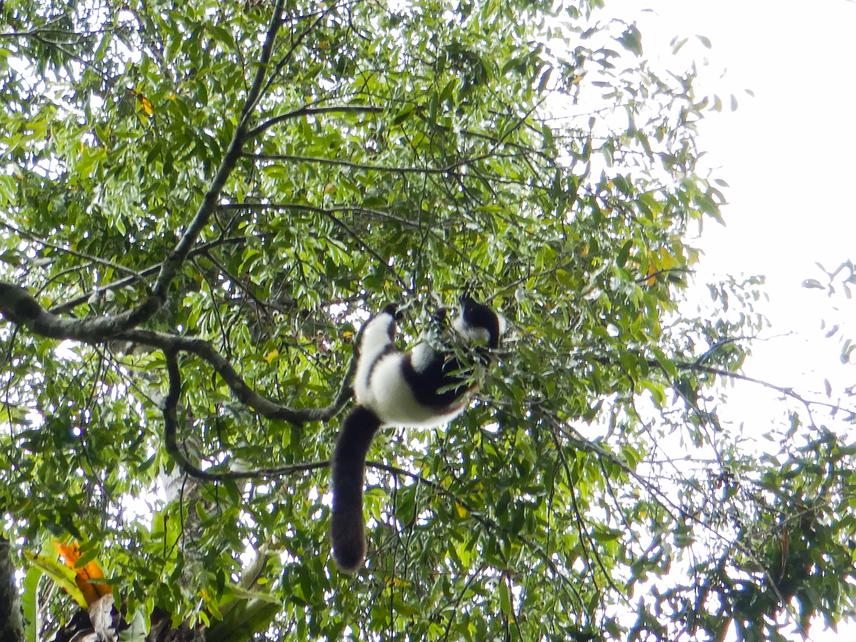Nantenaina Rindra Harilanto
Other projects
Galls on leaves or branches of plants are often considered as detrimental for the host plants. However, they have many important benefits. They may provide additional food for animal frugivores and give advantages for the plants by attracting these animal frugivores seed dispersers as their shape and colour may be confused with fruits. Yet, the validity of such concept has not been tested. In this project, I expected to provide novel perspectives in our current knowledge on plant-galls-lemur frugivore interactions by focusing on the roles and impacts of plant galls in influencing the outcomes of such interactions.

Galls on leaves or branches of plants are often considered as detrimental for the host plants. However, they have many important benefits, such as additional food source for animal frugivores that may be attracted to their conspicuous traits. In this way, they could also facilitate the dispersal of the plant hosts’ seeds by these frugivores. Yet, the validity of such concept has not been tested. This project seeks to fill this gap with a focus on native plants and a frugivorous lemur species in the rainforests of Madagascar. Specifically, it will:
(1) document the importance of galls in the diet of the lemur,
(2) characterize the role of galls in attracting lemur frugivores
(3) determine the influence of galls on the eventual seed dispersal of the infested trees.
To address these objectives, I will conduct fieldwork at the rainforest of Ihofa (Andasibe Moramanga) in the eastern part of Madagascar. Working with local research technicians/guides, I will collect field data about lemur diet and seed dispersal services through direct observations of focal individuals of three groups of black and white ruffed lemurs (Varecia variegata) for a year. We will also analyse the morphological (e.g., colour, shape and size) and biochemical (e.g. amount of macronutrient such as lipid, protein and sugar and the available Azote N) traits of galls and fruits that the lemurs consume.
Morphological traits will follow the standard protocol for gall morphological characterization described by Isaias et al. in 2013 and based on three-dimensional measurement; and the biochemical traits will follow the procedures outlined in Rothman et al. in 2012. These data will be used to investigate whether lemurs are more likely to visit trees infested with galls when they are fruiting, and to consume more fruits, which will eventually be linked to the seed dispersal service they provide. This project is expected to advance scientific knowledge on the ecology of galls and seed dispersal ecology. It will also document an important, but rarely studied ecological process.